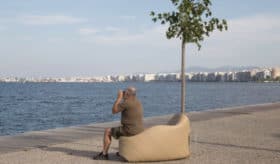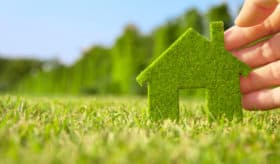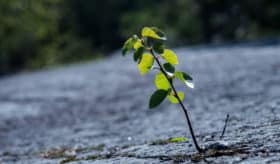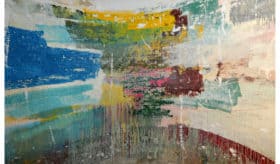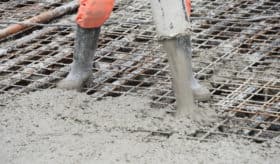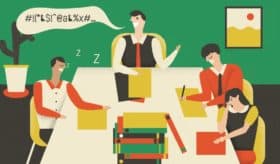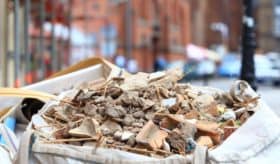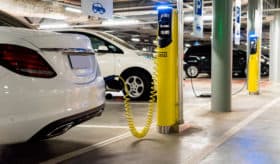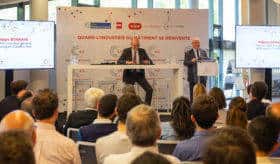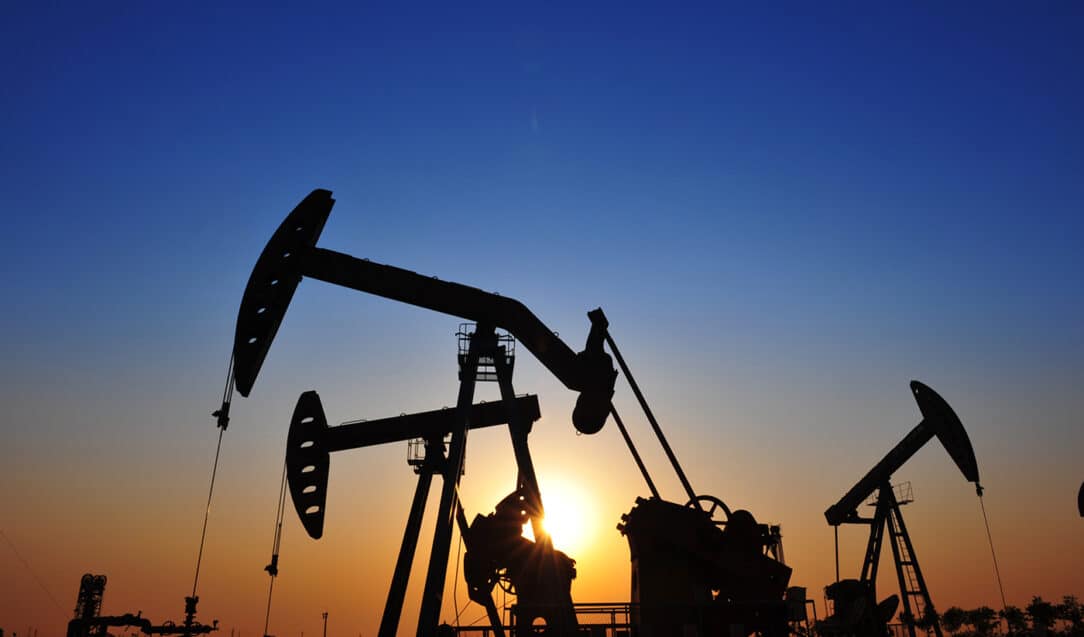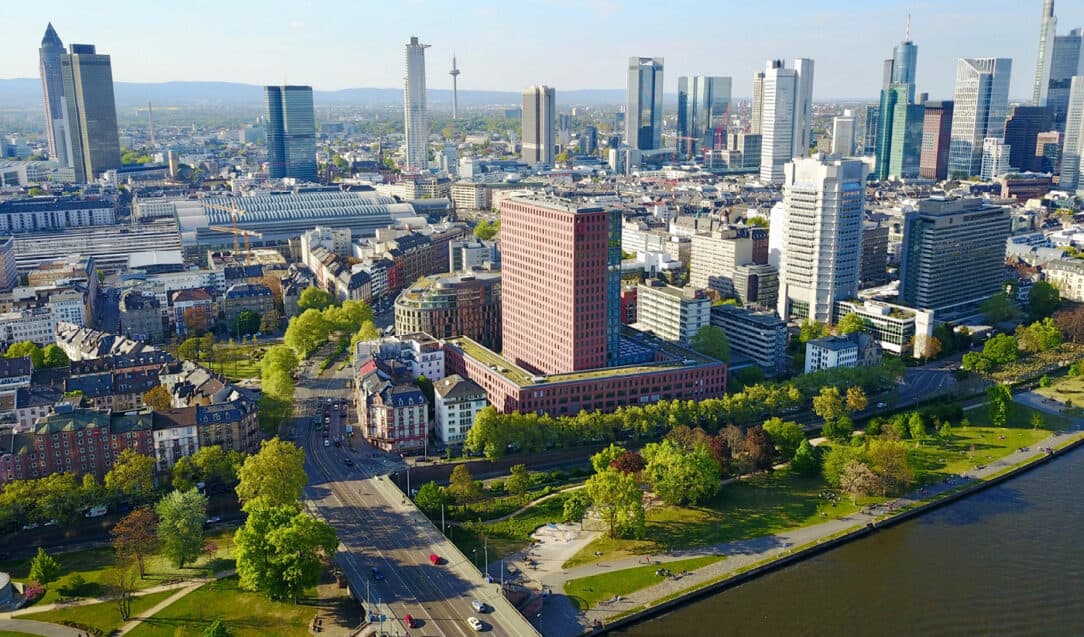When 3D printing meets plastic recycling …
Today, 300 million tons of plastic are produced each and every year worldwide, including more than 60 in Europe, where packaging accounts for the vast majority of single use plastic. Where does it go and how can it be used in 3D printing?
Making paint synonymous with the circular economy
Is it possible to create professional paint with a small carbon footprint and low emissivity? It is, with the start-up, CIRCOULEUR. It is an innovation from Matching Up that has been tested on our sites!
France’s draft mobility legislation – where are we now?
The summer recess is over and the start of a new parliamentary term has begun in earnest with a great deal of enthusiasm in terms of the country’s environmental transition. So let’s take stock of the issues in one of the key pieces of legislation, the Mobility Act (LOM).
Quai 22 – the city reinvented
This area will be a great place to work, take it easy and unwind. The location, known as ‘Quai 22’, with its mix of city life, water and nature, will be situated on the banks of the river Deûle in the European Metropolis of Lille.
Trials with environmental excellence in carbon energy are not that simple
The aim of the Ademe’s Obec (‘Objectifs Bâtiments Energie Carbone’) programme is to support the trialling of positive energy & carbon reduction buildings (E+C-). It has just presented its initial findings and it is fair to say that they are surprising. Here is why.
The cities facing climate change
Not all cities are equal in the face of climate change. Some have published and committed to resilience strategies. Others are slow to take action ... or simply give up entirely.
Interview of the month: Ramy Saad
Ramy Saad, energy efficiency and sustainable design engineer at Bouygues Bâtiment International, shares details of European research project “EnergyMatching”, part of the large-scale “Horizon 2020” programme on making energy efficiency improvements to buildings.
Still engaged with change after ninety years
Although the HLM movement will soon be a hundred years old, it is still calmly and determinedly addressing the challenges it must face: providing homes, of course, but also accommodating changes in society. Energy transition, climate change, regional sustainability, and the shift to digitalisation are all taken into account.
Construction Industry: Together, we are stronger!
Bouygues Construction joined Construct Lab in July. This group of construction and public works firms fixes frequent problems in these sectors, and start-up companies apply solutions. Julien Bourcerie, Open Innovation Manager for Bouygues Construction, on “collective intelligence” in construction.
Cities to be: “From aspirational metropolis to inspirational city”
Providing levers for attaining the goals of sustainable development, such is the ambition of Cities to Be. In concrete terms, this means pooling experiences, solutions and best practices, generating momentum among the territories, and persuading players of the building sector to commit to such goals. All in the aim of creating a denser, more resilient city that offers, quite simply, a pleasant way of life.
Temporary urbanism is transforming cities
Creating new spaces and experimental urban projects – whether they’re cultural, social or economic – revitalising spaces before their conversion for future use, making use of empty buildings, creating a dynamic in which members of the community can get involved, encouraging them to take part and to contribute to the creation of an area’s identity etc. A look at temporary urbanism-–building cities differently so that they can adapt to fit the changing needs of their inhabitants.
“We are in the process of making history, with the big bang of energy efficiency”
Meet Emmanuel François, Chairman of the Smart Building Alliance (SBA).
Greener construction, how to build greener?
Across the world, nearly 200 m3 of concrete is poured every second. It is one of the most widely used industrial products - even more so than oil, especially in construction. In spite of its advantages in terms of land development, it is one of the major sources of CO2 emissions due to its cement content. How to build greener? About one billion tonnes of CO2 is released each year in the world by the cement industry. In the face of such global challenges and future changes in urbanisation, a revolution in construction methods is beginning. How can the construction sector commit to becoming more carbon-free? Can green building meet this challenge?
Ikea is developing SolarVille, a solar Smart City project
And what if IKEA were set to sell us not flat-packed furniture but pre-packed Smart City kits? This is just what the Swedish giant seems to be working on, if its latest announcement is anything to go by. Named SolarVille, the project designed by Space10, its in-house innovation lab, can power a community with solar energy by way of a smart microgrid using blockchain technology.
Interview of the month : Geoffrey Tkaczuk
Geoffrey Tkaczuk, Works Supervisor with Brézillon, is leading the Echarde rehabilitation project in Compiègne and tells us about his positive experience alongside the site occupants
3 questions to Zoubeir Lafhaj, Construction 4.0 Chairholder
Central Lille welcomes the 5th edition of the ACE Workshop which brings together world experts in construction of the future. The Construction Chair 4.0, created by Bouygues Construction and Centrale Lille in 2017, will benefit from this event. Interview with Prof. Lafhaj, holder of the chair.
Perfony, a cure for acute meetingitis
At last, an end to meetingitis and email addiction. This tool facilitates the management of meetings and follow-up in businesses. Bouygues Construction’s new partner is Perfony, a software program that makes everyone’s life easier at work.
Reuse – the fourth pillar of the circular economy
The idea of reusing materials resulting from renovation or demolition work is gaining momentum. It has to be said that it is very attractive since by reviving this age-old practice, there is indeed much to be gained - new means of recycling, low-cost materials, improved carbon footprint during activities, etc... The list is long. All that remains is to remove any barriers.
Interview of the month: Glen Landry
Glen Landry, vice-president of Information, Communication and Automation Technologies (ICAT) at Plan Group, gives us users feedbacks and perspectives on the Humber digital Hospital in Toronto after 4 years of exploitation

